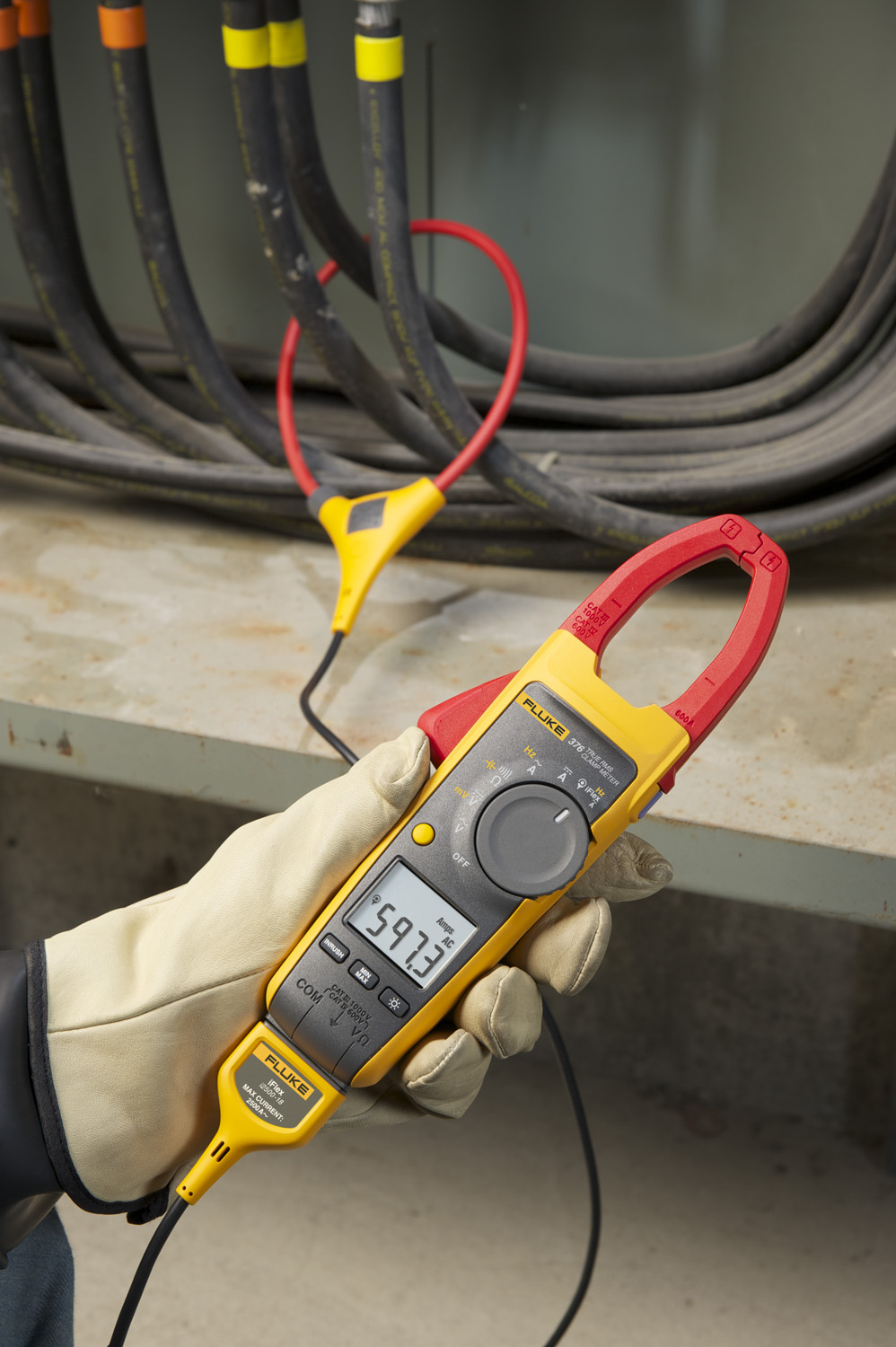Ever struggled to clamp around a conductor and carry out testing procedures? There's an answer!
We all know that clamp meters are an extremely useful tool. They mean we don't have to break the insulation of a system in order to measure current levels, come bundled with multimeter functions and much more. They're also available in a wide array of sizes and shaped, designed to accommodate for the different sizes of cabling and conductors in order to make sure measurements are possible.
But what about if your conductor is in an awkward area where you can't clamp on and start testing? No matter which angle you try, the clamp meter simply won't attach to the conductor, making testing much harder than it has to be. So what do you do at this point?
If you wished, you could split open the insulation of the conductor and test using a series of circuit measurements. This is extremely dangerous, inaccurate and could result in injury or damage to a system and is by no means the recommended method of testing a system.
Instead, many manufacturers have now established a solution to the problem of clamp meters not fitting around a system by developing flexible clamp meters that are designed to bend around a conductor and form a loop that can be used for testing the electromagnetic field output by the conductor.
They work just like a conventional clamp meter - the user simply feeds a flexible cable around the conductor rather than opening the jaws. This loop is then completed by inserting the loop into a holster, effectively clamping the meter onto the conductor and thus allowing measurements to take place.
Some manufacturers - such as Fluke - have even developed specific clamps that are designed to be used with other types of meter, effectively expanding the abilities of a common DMM without actually buying another types of tester!
Flexible clamps can also be wireless, effectively allowing the user to clamp around a system and stand at a safe distance in order to read results back on a wireless multimeter.
A simple, effective method to solve a problem with common clamp meters.



